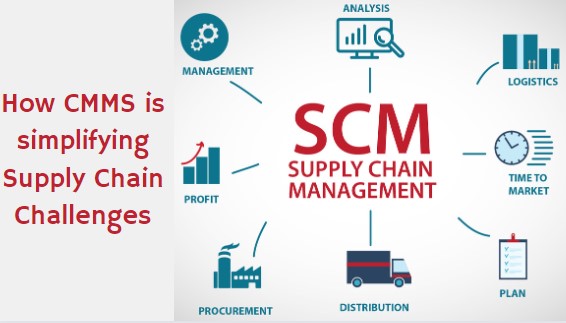
How CMMS Inventory Management Software simplifies Supply Chain Challenges
Viki Dongare |
28 Jan 2024 |
16:14 PM
- Importance of Efficient Inventory Management
- Understanding Supply Chain Disruptions
- Types of Supply Chain Disruptions
- Navigating Through Supply Chain Disruption with CMMS
- How CMMS Responds to Supply Chain Disruptions
- Steps to Help Reduce Supply Chain Disruptions
- Advantages of Using CMMS Software for Supply Chain Management
- Advantages for Supply Chain Managers
- Improving Inventory Management with CMMS
- Key Features of Robust Inventory Management CMMS Software
- Regulatory Compliance and Audits
- Benefits of Using CMMS Software
- Prescriptive Maintenance and Mobile Workforce
- Ensuring Healthy and Safe Environments
- Signs of Poor Maintenance Inventory Management
- Integration Capabilities of Inventory Management CMMS Software
- Conclusion
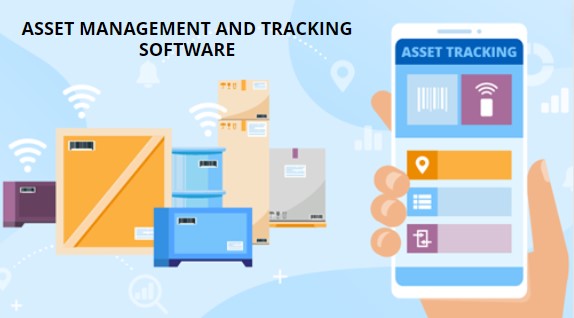
Asset Management and Tracking Software
Madhurima Sanyal 14 Mar 2024 | 17:13 PMDiscover how Proptor’'s customizable solutions streamline asset management, saving time and cutting costs. Optimize workflows and maximize productivity with our user-friendly interface. ...
Brief Overview of Supply Chain Management Tasks
In the intricate tapestry of modern business, the orchestration of goods and services from production to consumer necessitates a robust system—enter Supply Chain Management (SCM). At its essence, SCM involves the coordination and optimization of various processes, resources, and information flows to deliver products seamlessly.
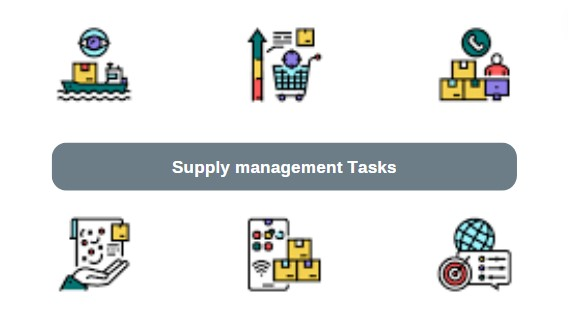
The business landscape is fraught with challenges, and perhaps none are as disruptive as supply chain disruptions. These unforeseen events can stem from natural disasters, geopolitical issues, or even unforeseen global events. The impact can be far-reaching, affecting production, distribution, and customer satisfaction.
Importance of Efficient Inventory Management
Central to the efficacy of SCM is the optimization of inventory, a facet that often distinguishes successful operations. Efficient Inventory Management ensures that products are available when needed, reducing the risk of stockouts or excess inventory. This delicate balance is crucial for maintaining customer satisfaction and maximizing operational efficiency.

As we delve into the intricate world of CMMS Inventory Management Software, it's paramount to understand how this technology becomes key in mitigating disruptions and streamlining the complexities of supply chain processes.
Understanding Supply Chain Disruptions
Defining Supply Chain Management
Supply Chain Management is the strategic coordination of a network that encompasses suppliers, manufacturers, distributors, and retailers. It involves the integration and optimization of processes to deliver products efficiently, meeting customer demands while minimizing costs. A well-managed supply chain is a competitive advantage in today's dynamic markets.
Types of Supply Chain Disruptions
Supply chain disruptions are unforeseen events or challenges that can significantly impact the smooth flow of goods and services across the entire supply chain. These disruptions can arise from various sources, both internal and external, and understanding their types is crucial for effective supply chain management. Here are some common types of supply chain disruptions:
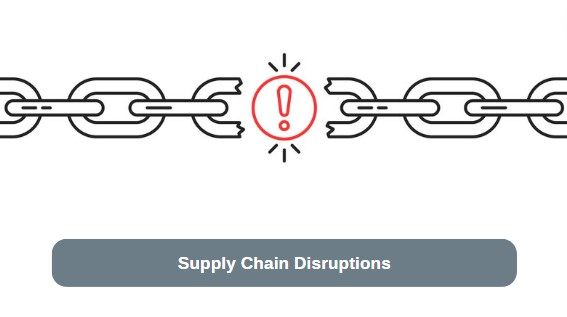
1. Natural Disasters: Natural disasters, including earthquakes, floods, hurricanes, and wildfires, are unpredictable events with the potential to damage infrastructure, disrupt transportation, and halt production. These occurrences lead to delays in the production process, interruptions in transportation, and potential damage to facilities, significantly impacting the overall supply chain.
2. Geopolitical Issues: Geopolitical issues encompass political unrest, trade disputes, tariffs, or changes in government policies that can affect the movement of goods across borders. Such uncertainties in international trade create delays, increase costs, and may impose restrictions on the smooth movement of goods, affecting the entire supply chain.
3. Supplier Issues: Supplier issues, such as bankruptcy, production delays, quality concerns, or changes in ownership, can disrupt the supply chain. These challenges result in disruptions in the supply of raw materials or components, impacting the manufacturing process and potentially causing delays in product delivery.
4. Demand Fluctuations: Sudden changes in customer demand, influenced by market trends, economic conditions, or unexpected events, contribute to disruptions in the supply chain. These fluctuations lead to inventory imbalances, stockouts, or excess inventory, affecting production planning and distribution.
5. Transportation Disruptions: Transportation disruptions, including strikes, accidents, or capacity constraints, can interrupt the movement of goods. These interruptions result in delays in the transportation network, increased transportation costs, and challenges in meeting delivery deadlines.
6. Technology Failures: Malfunctions or failures in information technology systems, including those related to inventory management, order processing, or communication platforms, can disrupt supply chain processes. These failures lead to communication breakdowns, data loss, and challenges in coordinating and managing various aspects of the supply chain management.

Addressing these disruptions requires a comprehensive approach, including preventive maintenance strategies, efficient inventory control, and the integration of computerized maintenance management system (CMMS). By understanding the types of disruptions, businesses can tailor their supply chain management tasks to proactively navigate challenges and ensure customer satisfaction remains paramount in the face of adversity.
Navigating Through Supply Chain Disruption with CMMS
CMMS plays a pivotal role in enhancing inventory management strategies, optimizing maintenance operations, and fortifying supply chains against unforeseen challenges. As disruptions unfold, the adaptability and efficiency of CMMS become evident, transforming obstacles into opportunities for improvement.

How CMMS Responds to Supply Chain Disruptions
CMMS acts as a proactive guardian against supply chain disruptions, offering real-time insights and control over maintenance and inventory processes. By centralizing data and automating maintenance tasks, CMMS enhances visibility and provides quick responses to challenges.
Its preventive maintenance capabilities ensure that potential issues are identified and addressed before they escalate, minimizing downtime and maintaining operational continuity. CMMS becomes an indispensable tool for maintenance teams, enabling them to navigate disruptions swiftly and maintain the integrity of the supply chain.
Steps to Help Reduce Supply Chain Disruptions
Implement Preventive Maintenance Strategies: Integrate preventive maintenance schedules into CMMS to identify and address potential issues before they impact production or inventory management.
Enhance Inventory Control: Leverage CMMS to optimize inventory levels, ensuring that stockouts or excess inventory are minimized, even in the face of supply chain disruption.
Streamline Maintenance or Production Operations: Utilize CMMS to streamline maintenance and production operations, improving efficiency and reducing the risk of disruptions caused by equipment failures or downtime.

Empower Maintenance Teams: Provide maintenance experts with the tools and insights offered by CMMS to respond swiftly and effectively to disruptions, minimizing their impact on supply chains.
Focus on Customer Satisfaction: Prioritize customer satisfaction by leveraging CMMS to maintain operational continuity, meet delivery deadlines, and address any disruptions that could impact customer experience.
Advantages of Using CMMS Software for Supply Chain Management
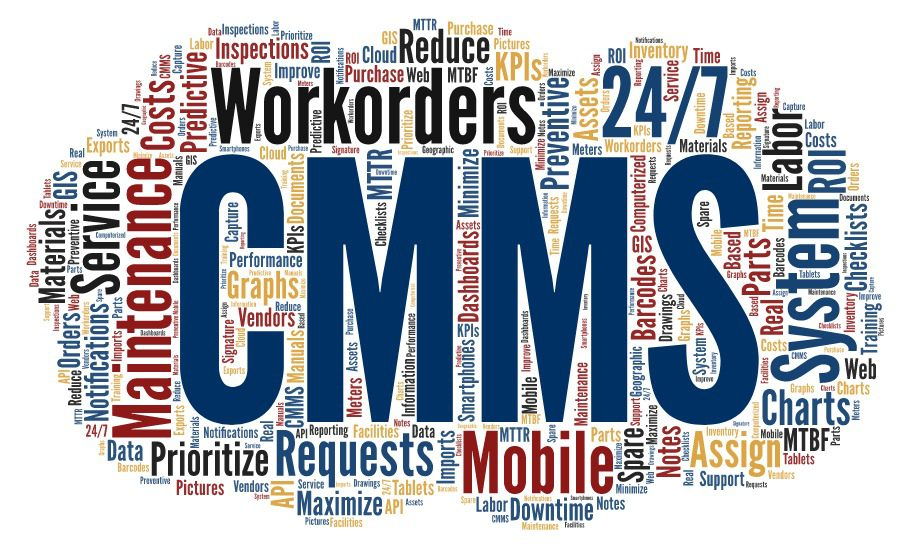
Overview of CMMS Technology
CMMS (computerized maintenance management system) is a comprehensive software solution designed to centralize, organize, and optimize maintenance processes within an organization. From preventive maintenance scheduling to inventory management and work order automation, CMMS technology encompasses a range of functionalities. Its user-friendly interface facilitates seamless communication and collaboration among maintenance teams, empowering them with real-time data and insights for informed decision-making.
Advantages for Supply Chain Managers
Enhanced Inventory Control: CMMS allows supply chain teams to maintain optimal inventory levels, reducing the risk of stockouts or excess inventory. This not only ensures operational continuity but also minimizes the financial impact of disruptions.
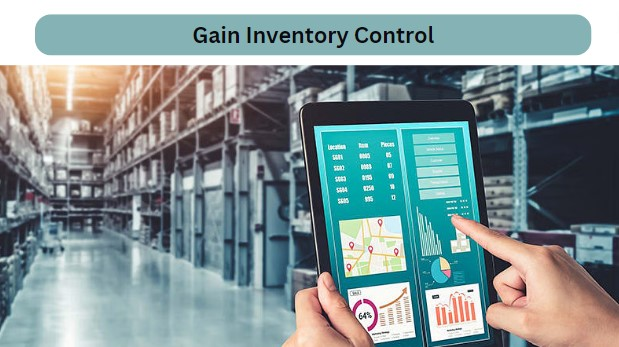
Proactive Preventive Maintenance: The preventive maintenance capabilities of CMMS enable supply chain managers to identify and address potential issues before they escalate. This proactive approach minimizes downtime, extends the lifespan of equipment, and enhances overall operational efficiency.
Streamlined Maintenance or Production Operations: By automating maintenance tasks and streamlining operations, CMMS empowers supply chain teams to optimize resource allocation, reduce operational costs, and enhance the efficiency of production processes.
Data-Driven Decision-Making: CMMS provides supply chain team with real-time data and detailed reports, facilitating data-driven decision-making. This transparency ensures that managers can make informed choices to address supply chain challenges effectively.

Customer Satisfaction: Ultimately, the advantages of CMMS translate into improved customer satisfaction. By maintaining operational continuity, meeting delivery deadlines, and minimizing disruptions, supply chain managers can enhance the overall experience for their customers, fostering long-term relationships and loyalty.
Improving Inventory Management with CMMS
The Role of CMMS in Inventory Management processes
CMMS acts as a strategic enabler for supply chain team seeking precision in inventory control. Through centralized data management and automation, CMMS provides real-time insights into stock levels, demand patterns, and the status of maintenance operations. This visibility allows for informed decision-making, ensuring that inventory is aligned with market demands, reducing the risk of excess stock or stockouts.
Reducing Inventory Losses Using CMMS
One of the primary challenges in inventory management is the potential for losses due to inefficiencies, errors, or disruptions. CMMS addresses these challenges head-on by facilitating preventive maintenance and streamlining production operations.
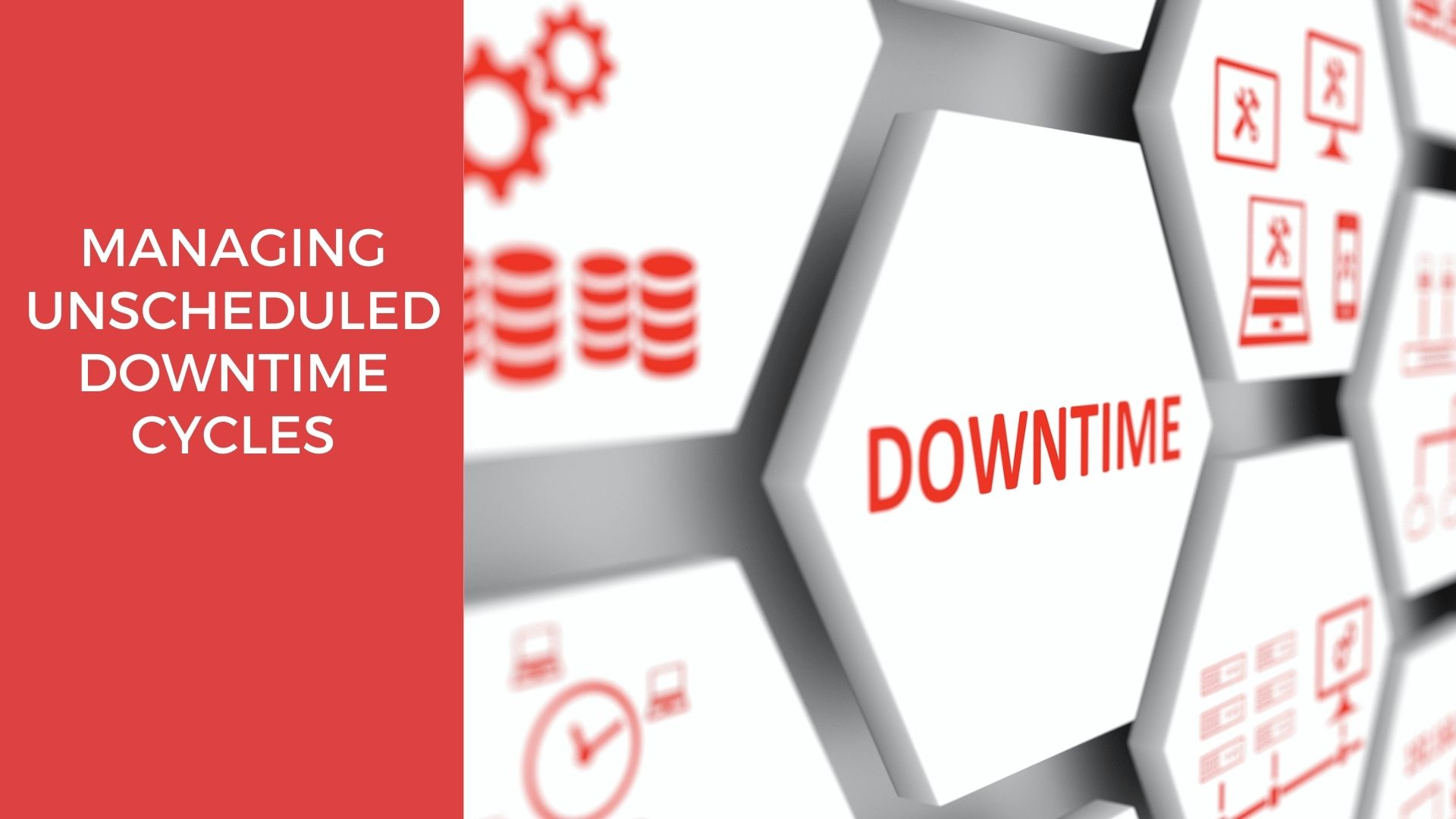
By automating routine tasks, identifying potential issues before they escalate, and optimizing workflows, CMMS minimizes downtime and the associated losses. Furthermore, the system's ability to provide accurate and real-time data aids in demand forecasting, allowing businesses to adjust their inventory levels proactively.
Key Features of Robust Inventory Management CMMS Software
Criteria for Selecting an Effective CMMS
Selecting the right CMMS (computerized maintenance management systems) is a strategic decision that directly influences the efficiency of maintenance operations. Several key criteria should guide this selection process to ensure that the chosen CMMS aligns with the unique needs and goals of the business.
Scalability: An effective CMMS should be scalable to accommodate the growing needs of the business. It should adapt seamlessly as operations expand, ensuring continued support for evolving inventory management requirements.
User-Friendly Interface: A user-friendly interface is paramount for widespread adoption. The CMMS should be intuitive, with features easily accessible to maintenance teams, fostering efficient use and maximizing its potential.
Mobile Accessibility: In a dynamic business environment, the ability to access CMMS data on the go is essential. An effective CMMS should offer mobile accessibility, enabling maintenance teams to perform tasks, track inventory, and respond to disruptions from anywhere.
Comprehensive Reporting and Analytics: Detailed reports and analytics are invaluable for informed decision-making. A robust CMMS should offer comprehensive reporting tools that provide insights into inventory trends, maintenance efficiency, and potential areas for improvement.

Regulatory Compliance and Audits
Ensuring regulatory compliance is a non-negotiable aspect of effective supply chain management. A robust CMMS plays a vital role in facilitating regulatory compliance and streamlining the audit process.
-
Documentation and Record Keeping: A robust CMMS plays a vital role in facilitating regulatory compliance and streamlining the audit process.
-
Automated Compliance Checks: A reliable CMMS maintains comprehensive documentation and records of maintenance activities, inventory transactions, and regulatory compliance measures that ensures transparency.
-
Customizable Reporting for Audits: This process simplifies the audit process, allowing for a thorough examination of compliance measures and data accuracy.
-
Integration with Regulatory Databases: This integration facilitates proactive compliance management and minimizes the risk of oversights.
Benefits of Using CMMS Software
CMMS is a determining factor in fostering operational efficiency, reducing maintenance costs, and fortifying against disruptions. Let's explore the key benefits that businesses accrue when integrating CMMS into their operations.
Asset Lifecycle Visibility - CMMS provides asset lifecycle visibility, offering insights into the acquisition, utilization, maintenance, and disposal of assets.

Automation, Processes, and Workflow Visibility - By automating routine tasks and workflows, businesses achieve greater efficiency, reduce manual errors, and ensure that maintenance operations align seamlessly with overall business processes.
Streamlined Inventory Control: CMMS empowers businesses with real-time insights into inventory levels, demand patterns, and maintenance operations, ensuring optimized inventory control and reducing the risk of stockouts or excess inventory.
Prescriptive Maintenance and Mobile Workforce

It proactively recommends actions based on real-time data, preventing potential issues before they occur. Moreover, CMMS enables a mobile workforce, allowing maintenance teams to access critical information, perform tasks, and respond to issues promptly from anywhere, ensuring operational continuity.
Ensuring Healthy and Safe Environments
The well-being of both assets and personnel is a cornerstone of effective business operations. CMMS contributes significantly to safety and compliance by maintaining accurate records of safety inspections, ensuring that equipment meets regulatory standards, and providing a platform for businesses to proactively address safety concerns.
Signs of Poor Maintenance Inventory Management
Recognizing signs of poor maintenance inventory management is essential for businesses aiming to maintain operational excellence. These signs may include frequent equipment breakdowns, high maintenance costs, inaccurate inventory records, and prolonged downtime. CMMS serves as a diagnostic tool, providing insights into these indicators and empowering businesses to implement corrective measures.
Integration Capabilities of Inventory Management CMMS Software
Seamless integration with other management systems is a hallmark of an effective Inventory Management CMMS. This integration enhances overall efficiency, breaking down silos between different departments and ensuring a cohesive flow of information.
Businesses benefit from enhanced visibility, streamlined processes, and improved decision-making capabilities when CMMS is seamlessly integrated into their broader management systems.
Conclusion
In the fast-paced realm of supply chain management, where precision and adaptability are paramount, the integration of Computerized Maintenance Management Systems (CMMS) emerges as a game-changer.

The benefits of leveraging CMMS software are unequivocal. Streamlining inventory control, enhancing operational efficiency, and reducing maintenance costs are not just aspirations but tangible outcomes that businesses can achieve. The asset lifecycle visibility provided by CMMS ensures that businesses make informed decisions about their assets, optimizing their utilization and extending their lifespan.
Automation, coupled with streamlined processes and workflow visibility, not only reduces manual errors but also ensures that maintenance operations align seamlessly with broader business processes. The adoption of prescriptive maintenance strategies and the facilitation of a mobile workforce through CMMS empower businesses to proactively address issues and maintain operational continuity.
As we delve into ensuring healthy and safe environments, CMMS becomes a stalwart ally, maintaining accurate records of safety inspections and ensuring regulatory compliance. Recognizing signs of poor maintenance inventory management becomes easier with the diagnostic capabilities of CMMS, enabling businesses to implement corrective measures promptly.
The integration capabilities of Inventory Management CMMS Software are the final piece of the puzzle, breaking down silos, enhancing visibility, and fostering efficiency across various departments.
The journey through the intricate landscape of supply chain management is undoubtedly challenging, but with CMMS as a strategic ally, businesses not only navigate disruptions but emerge stronger, more efficient, and well-equipped for sustained success in an ever-evolving business landscape. The era of precision and resilience in supply chains is here, driven by the transformative power of CMMS.